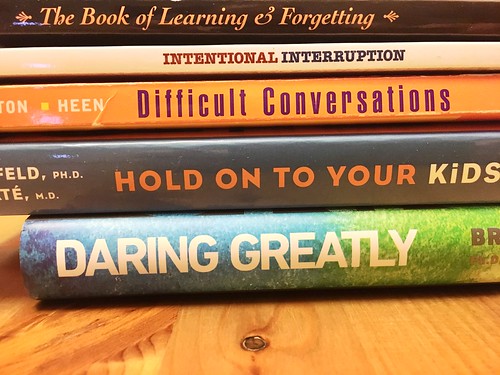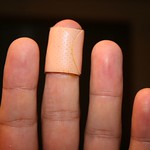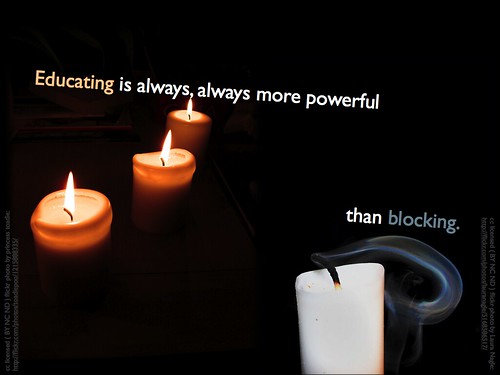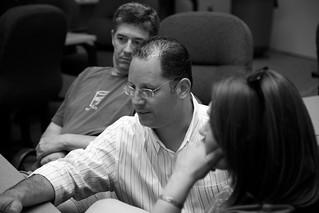Back to blogging ...
Back to making stuff again ...
Back to sharing ...
If you want to follow me this is what I look like from behind ...
#dda27 Book Spine Alchemy Spell
In a variation of book spine poetry, see what kind of magic spells you can cast by stacking books and taking a photo of their spines.
And it changed me ...
These books have changed my thinking in profound ways, or, riffing off an old Van Morrison tune, "And they changed me to my soul ..."
- 1/27/2017 11:59:00 pm
- 2 Comments




 A while back I shared some ideas for
A while back I shared some ideas for 



















